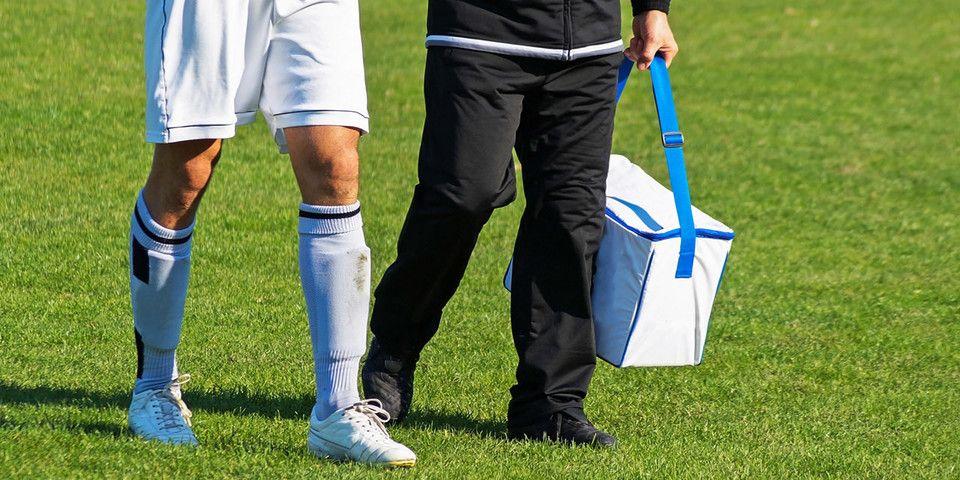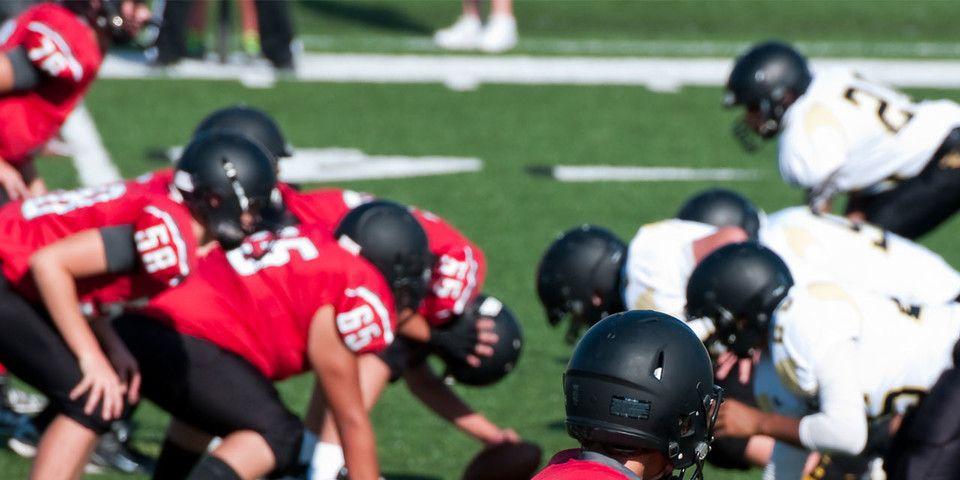Caution on the Sand!: Running Injuries Down the Shore
The 411 on Running Related Beach Injuries and What Things to Avoid
Are you someone who enjoys running? It is important to continue your physical fitness routine while still enjoying your vacation at the beach. However, the sand and the different surfaces near the beach may increase running injuries down the shore. It is important that you are aware in order to create a safe running environment to reduce the risk of injury.
Some common running injuries are sprained ankles, stress fractures, and shin splints. All these injuries can be aggravated due to the different types of surfaces found around the beach or other factors. Let’s explore the causes!
Causes
Running on its own can cause different types of issues and injuries. However, running on or near the beach poses its own set of unique problems. Running injuries down the shore are quite common and you should be aware of some of the causes. There are three main causes of running injuries at the beach, such as:
-
Uneven surfaces: Some people might ask if running on sand is bad for your knees? It is true that the soft, uneven surfaces can cause more harm than good. Running on uneven surfaces like sand, a boardwalk, or even cobblestone streets can cause unnecessary strain on your feet and knees. It is even common to experience ankle pain from walking on sand.
-
Wearing proper footwear: It is good to know what type of foot you have, either flat or arched. It is important to know this so you can buy the correct type of shoe with the right fit and support. It is also crucial to buy shoes specifically designed for running, or running long distances. Shoes made for basketball or tennis could lead to even more problems.
-
High traffic areas: Areas around or on the beach are crowded during the summer season. It is important to be aware of this so that you do not cause excess stress on your feet and knees. This can occur from bobbing-and-weaving around people, traffic, or bicycles. Changing surfaces to avoid these things can also cause foot or knee problems, such as beginner runner knee pain.
The Main Problems
The three more common running injuries down the shore are shin splints, sprained ankles, and stress fractures. It is important be aware of how to prevent these injuries, but it is also good to be able to identify these conditions if you find yourself injured while down the shore.
Shin splints are experienced as a sharp pain in the shin (the front of the lower leg) and are caused by excessive exercise, especially running. The pain comes from an inflammation of the muscles and tendons that surround your tibia, or shin bone. If you are experiencing shin splints on a regular basis it is best to rest from activity and visit your physician. The extra strain of running on a soft surface like the beach or on uneven surfaces may increase the risk of developing shin splints.
Stress fractures are injuries caused by the excessive repeated use of your foot or leg in physical activity. This occurs when your leg muscles become overworked and transfer that stress to your bones. The bone may then develop a small crack, called a stress fracture. Stress fractures can occur in the feet or in the bones of the leg. Like shin splints, the extra strain of running on the beach or other, uneven surfaces, can contribute to the cause of the condition.
Ankle sprains are the most common running related injury. They occur when the ligaments in your ankle are strained beyond support and then tear. They can be either minor or severe injuries depending on the amount of damage done to the ligaments. For more information click here. Soft, uneven surfaces are some of the worst culprits of ankle injuries.
All of these injuries are different, but they all are caused by similar things, such as:
-
Running on uneven surfaces — when running on the beach, look for areas with firm, flat sand.
-
Playing sports, or running, that requires changes in direction — be aware that sand and other soft or uneven surfaces are less stable and create extra strain. Be cautious and adjust activity levels accordingly.
-
Wearing improper shoes — make sure you have the right support for your activity.
-
Intense activity over a period of time — running on soft or uneven surfaces requires extra exertion. This can be a good thing in that it can give you an extra good workout. But be careful about overdoing it. Know that activity on these surfaces is equivalent to much more activity on firm, even surfaces.
If you experience any of these conditions or need further information about running injuries down the shore, please contact your physician. Please visit us here or contact us at 1-800-321-9999.
Related Physicians
Gallery
Related Specialties
Related Programs
-

Athletic Training- Sport Medicine Outreach
Our Field Athletic Trainers provide direct sports medicine care to youth, high school, college and professional athletes. Rothman AT’s provide athletic training services throughout Southeastern PA to interscholastic high schools, colleges, as well as tournaments and special events.Read More -

Injury Prevention Program
The Injury Prevention Program at the Rothman Orthopaedic Institute is dedicated to the prevention of injuries from athletic participation, particularly youth sports.Read More -

Women’s Sports Medicine Program
The Women’s Sports Medicine Program at the Rothman Orthopaedic Institute is the first of its kind in the Philadelphia metro area and one of only several such programs specializing in the comprehensive care of the female athlete in the country.Read More




